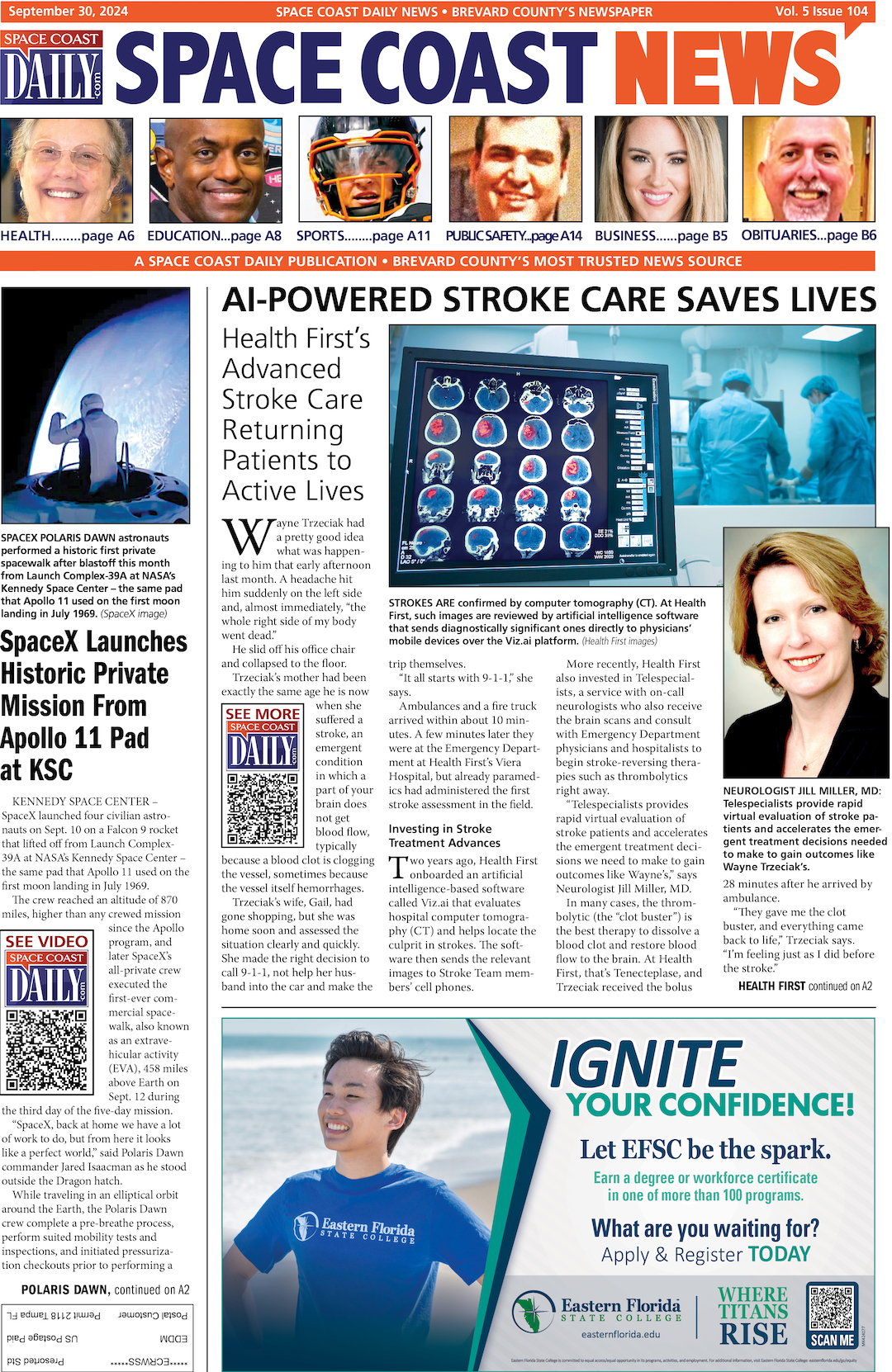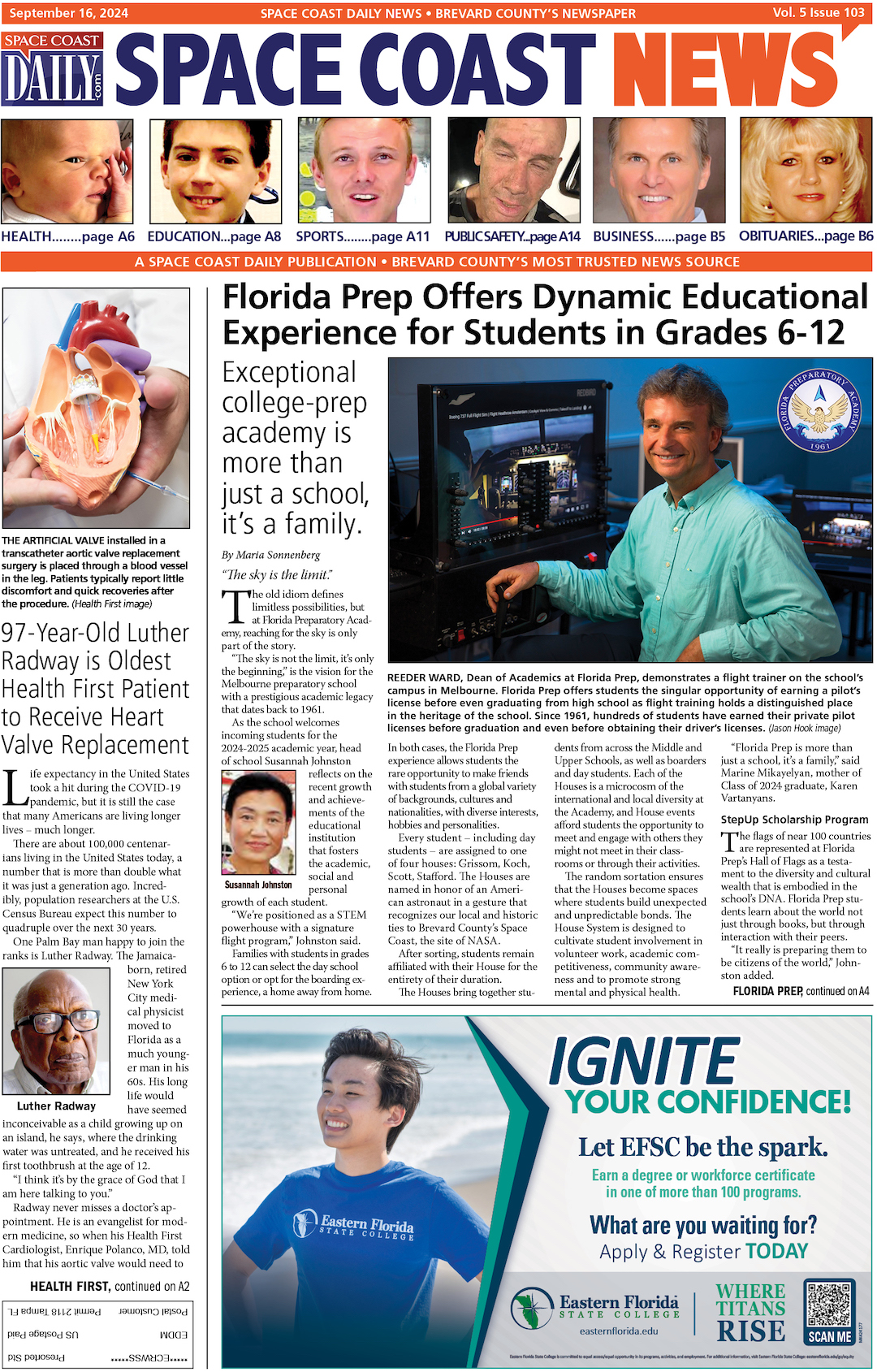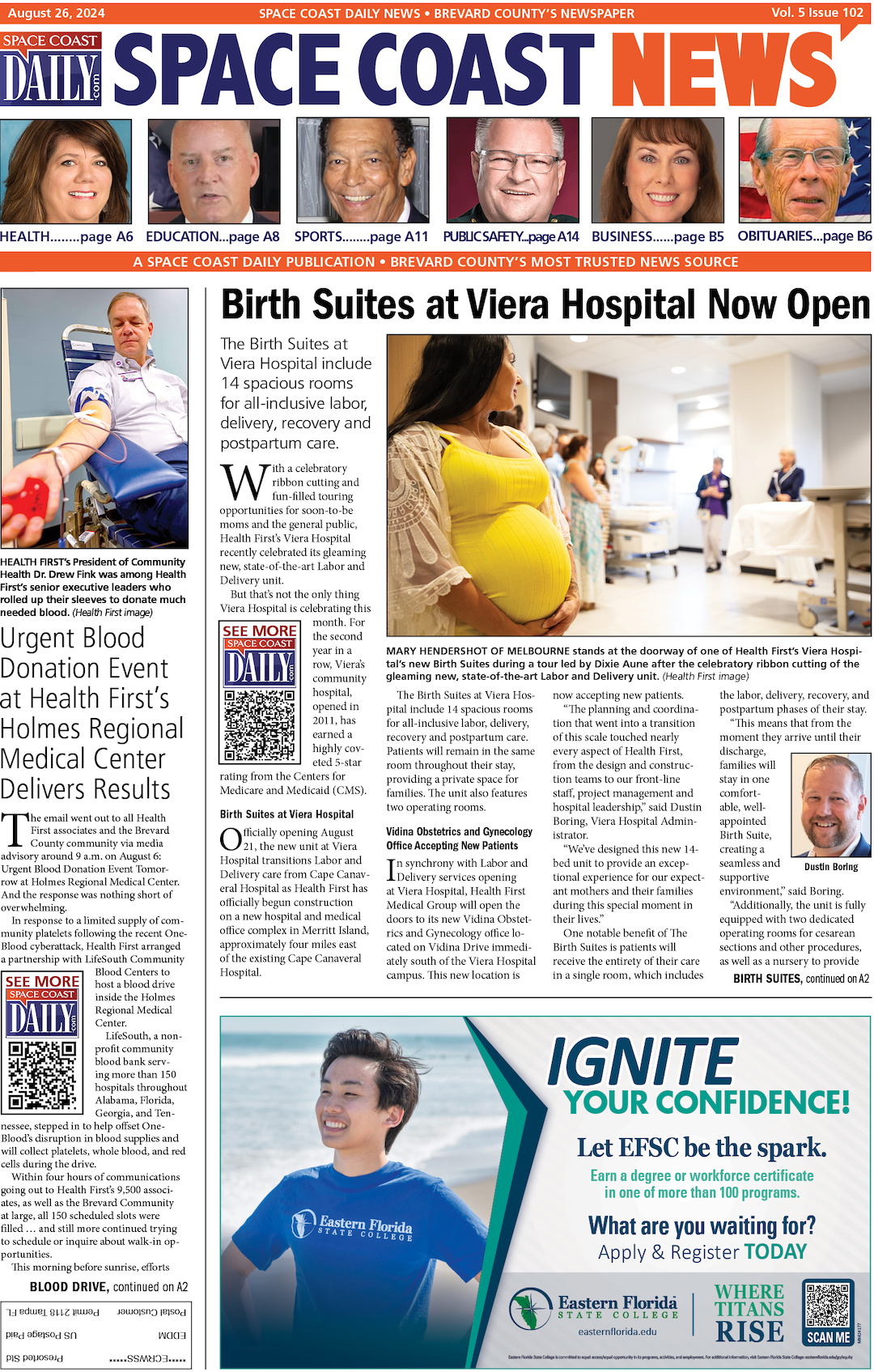Responding to Potential Asteroid Redirect Mission Targets
By Space Coast Daily // February 16, 2014
meteor releasED more energy than atomic bomb
ABOVE VIDEO: On Feb 15 2013 in Chelyabinsk Russia, a relatively small asteroid entered Earth’s atmosphere and exploded. The above video provides a first hand look at that meteor.
NASA.gov — One year ago the world was witness to the dangers presented by near-Earth Objects (NEOs) when a relatively small asteroid entered Earth’s atmosphere, exploding over Chelyabinsk, Russia, and releasing more energy than a large atomic bomb.

Tracking near-Earth asteroids has been a significant endeavor for NASA and the broader astronomical community, which has discovered 10,713 known near-Earth objects to date.
NASA is now pursuing new partnerships and collaborations in an Asteroid Grand Challenge to accelerate NASA’s existing planetary defense work, which will help find all asteroid threats to human population and know what to do about them.
In parallel, NASA is developing an Asteroid Redirect Mission (ARM) — a first-ever mission to identify, capture and redirect an asteroid to a safe orbit of Earth’s moon for future exploration by astronauts in the 2020s.

ARM will use capabilities in development, including the new Orion spacecraft and Space Launch System (SLS) rocket, and high-power Solar Electric Propulsion. All are critical components of deep-space exploration and essential to meet NASA’s goal of sending humans to Mars in the 2030s.
The mission represents an unprecedented technological feat, raising the bar for human exploration and discovery, while helping protect our home planet and bringing us closer to a human mission to one of these intriguing objects.
NASA is assessing two concepts to robotically capture and redirect an asteroid mass into a stable orbit around the moon. In the first proposed concept, NASA would capture and redirect an entire very small asteroid.
In the alternative concept, NASA would retrieve a large, boulder-like mass from a larger asteroid and return it to this same lunar orbit. In both cases, astronauts aboard an Orion spacecraft would then study the redirected asteroid mass in the vicinity of the moon and bring back samples.

Very few known near-Earth objects are ARM candidates. Most known asteroids are too big to be fully captured and have orbits unsuitable for a spacecraft to redirect them into orbit around the moon.
Some are so distant when discovered that their size and makeup are difficult for even our most powerful telescopes to discern. Still others could be potential targets, but go from newly discovered to out of range of our telescopes so quickly there is not enough time to observe them adequately.
For the small asteroids that do closely approach Earth, NASA’s Near-Earth Object Program has developed a rapid response system whose chief goal is to mobilize NEO-observing assets when an asteroid first appears that could qualify as a potential candidate for the ARM mission.
ABOVE VIDEO: Congressman Bill Posey questions top Space, Science and Military officials about efforts to protect Americans from dangerous asteriod and meteor impacts from Space.
ASTEROID DISCOVERIES MADE POSSIBLE BY DEDICATED ASTRONOMERS
“There are other elements involved, but if size were the only factor, we’d be looking for an asteroid smaller than about 40 feet (12 meters) across,” said Paul Chodas, a senior scientist in the Near-Earth Object Program Office at NASA’s Jet Propulsion Laboratory, Pasadena, Calif.
“There are hundreds of millions of objects out there in this size range, but they are small and don’t reflect a lot of sunlight, so they can be hard to spot. The best time to discover them is when they are brightest, when they are close to Earth.”
“There are other elements involved, but if size were the only factor, we’d be looking for an asteroid smaller than about 40 feet (12 meters) across,” said Paul Chodas, a senior scientist in the Near-Earth Object Program Office at NASA’s Jet Propulsion Laboratory, Pasadena, Calif. “There are hundreds of millions of objects out there in this size range, but they are small and don’t reflect a lot of sunlight, so they can be hard to spot. The best time to discover them is when they are brightest, when they are close to Earth.”

Asteroids are discovered by small, dedicated teams of astronomers using optical telescopes that repeatedly scan the sky looking for star-like objects, which change location in the sky slightly over the course of an hour or so. Asteroid surveys detect hundreds of such moving objects in a single night, but only a fraction of these will turn out to be new discoveries.
The coordinates of detected moving objects are passed along to the Minor Planet Center in Cambridge, Mass., which either identifies each as a previously known object or assigns it a new designation.
The observations are collated and then electronically published, along with an estimate of the object’s orbit and intrinsic brightness. Automatic systems at NASA’s Near-Earth Object Program Office at JPL take the Minor Planet Center data, compute refined orbit and brightness estimates, and update its online small-body database.
A new screening process for the asteroid redirect mission has been set up which regularly checks the small-body database, looking for potential new candidates for the ARM mission.












